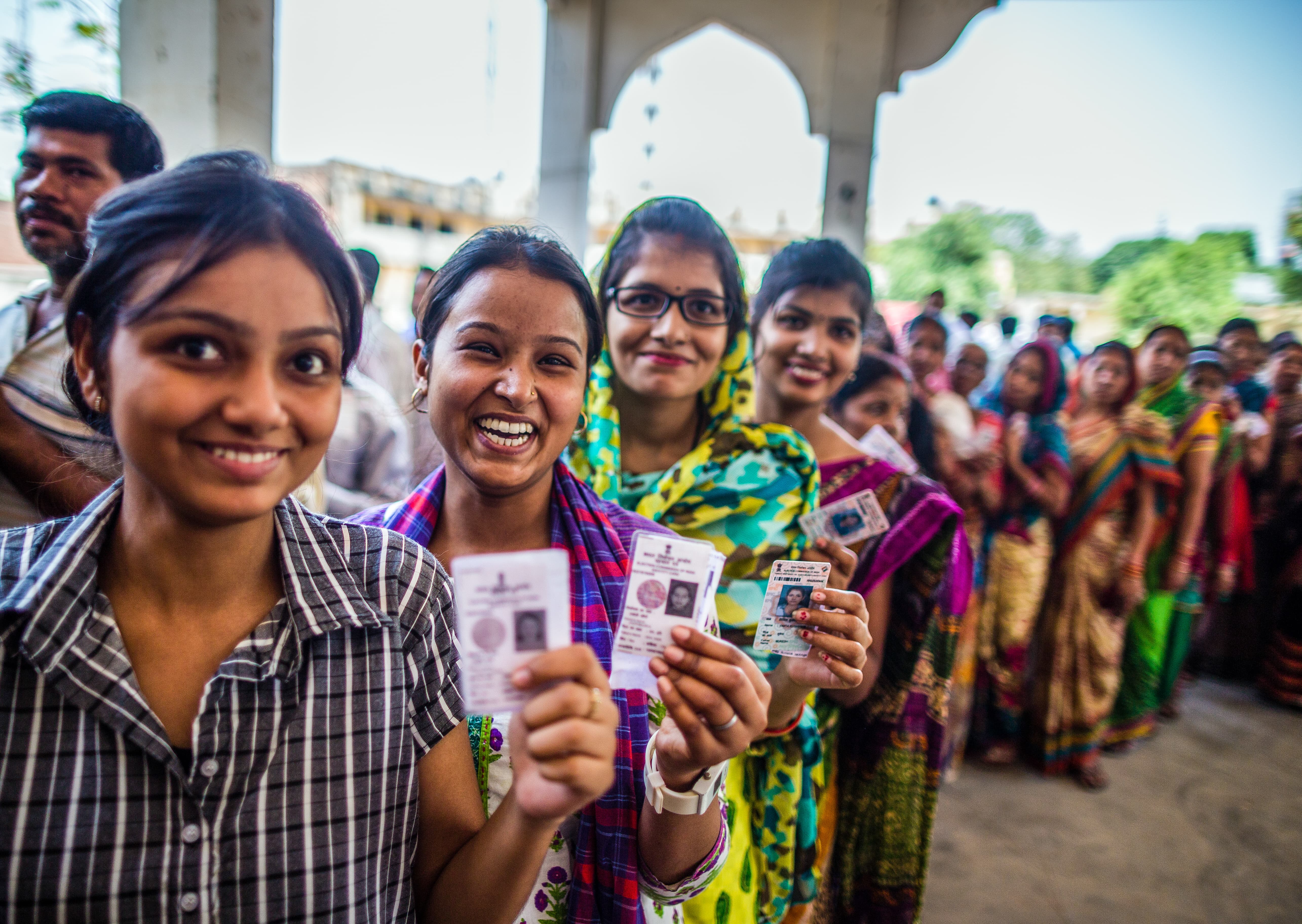
Sub-element Detail
Anchor Questions
Example Scenarios
International standards
Addressing digital divides
What data is available on the share of the population that is currently lacking access to digital services? What studies have been conducted to understand how social and cultural/gender constraints affect access?
What steps have been taken to identify connectivity related data gaps? How have these been identified and addressed?
What measures have been take to ensure communities who are not part of the digital space can participate in the data exchange, e.g. analog data input, access to digital support centeres, etc.
*What resources is the government using to address the digital divide, particularly the gender digital divide and the urban–rural digital divide? To what extent do institutions have digital literacy policies in place to ensure last-mile connectivity?
Data exchange systems ensure that benefits reach diverse stakeholders across communities. Infrastructure has been developed that considers technical, financial and accessibility needs, with a particular focus on reducing social gaps—especially between women and men—while also addressing intersectional inequalities.
UNDP Guidance and resources on Bridging the Digital Divide:
https://www.undp.org/digital/standards/2-bridge-digital-divideUN Habitat - Assessing the Digital Divide https://unhabitat.org/programme/legacy/people-centered-smart-cities/assessing-the-digital-divide
ITU guidance and resources on bridging the digital divide: https://www.itu.int/en/mediacentre/backgrounders/Pages/digital-inclusion-of-all.aspx
Protecting against discrimination
What legal and regulatory data protection provisions are in place to prevent discrimination along the data lifecycle? What policies and processes are in place to address the risk of discrimination in data? To what extent has a gender perspective been integrated into these policies/approaches?
How do government entities collect disaggregated data? Are the following categories recognized: sex, age, religion, disability, migration or displacement status, ethnicity, income, gender identity and sexual orientation?
What steps is the government taking to ensure that the data gathered captures the realities (intersectionalities) and needs of different societal groups and identifies key development inequalities? To what extent are these compliant with international human rights laws?
What steps is the government taking to reduce conscious or unconscious bias in data management? Do government entities transparently share how they reduced biases and which biases may still persist (e.g., notes on methodology)?
To what extent are minority languages being adequately reflected in data models?
Are programmes in place to help develop an understanding of how data is shared and used so that affected individuals or groups can identify instances of discrimination?
Data exchange systems are transparent about the limitations of data. Systems ensure that data does not perpetuate existing inequalities and that provisions are in place to ensure that data is processed without infringing on people's rights and liberties.
UN Statistics - Disaggregation - https://unstats.un.org/sdgs/iaeg-sdgs/disaggregationUN Statistics -Integrating a gender perspective into statistics https://unstats.un.org/unsd/demographic-social/Standards-and-Methods/files/Handbooks/gender/Integrating-a-Gender-Perspective-into-Statistics-E.pdfUN OHCHR- Human rights-based approach to data: https://www.ohchr.org/sites/default/files/Documents/Issues/HRIndicators/GuidanceNoteonApproachtoData.pdfhttps://unstats.un.org/sdgs/iaeg-sdgs/disaggregation
Strengthen digital rights & literacy
Is there a national policy for digital rights? To what extent does the policy take a human-rights based approach?
How often do government entities participate in measures (e.g., training) to ensure a strong understanding of digital rights and digital well-being?
To what extent are civil society, academia and media supported in monitoring and strengthening digital rights?
What tools and resources exist to encourage digital and data literacy across society?
*What provisions and resources is the government using to address the digital divide, particularly the gender digital divide and the urban–rural digital divide? Do institutions have digital literacy policies to ensure last-mile connectivity?
Digital policies are in place that embed digital rights and principles in a human rights-based approach; this fosters greater awareness, participation and trust in data exchange institutions. Implementation efforts focus on empowering individuals to exercise their rights.
UN OHCHR- Human rights-based approach to data: https://www.ohchr.org/sites/default/files/Documents/Issues/HRIndicators/GuidanceNoteonApproachtoData.pdfAlliance for Universal Digital Rights: https://www.un.org/digital-emerging-technologies/sites/www.un.org.techenvoy/files/230203_Alliance_for_Universal_Digital_Rights.pdfFAIR Principles: https://www.go-fair.org/fair-principles/ODI Data Ethics Framework: https://theodi.org/insights/tools/the-data-ethics-canvas-2021/